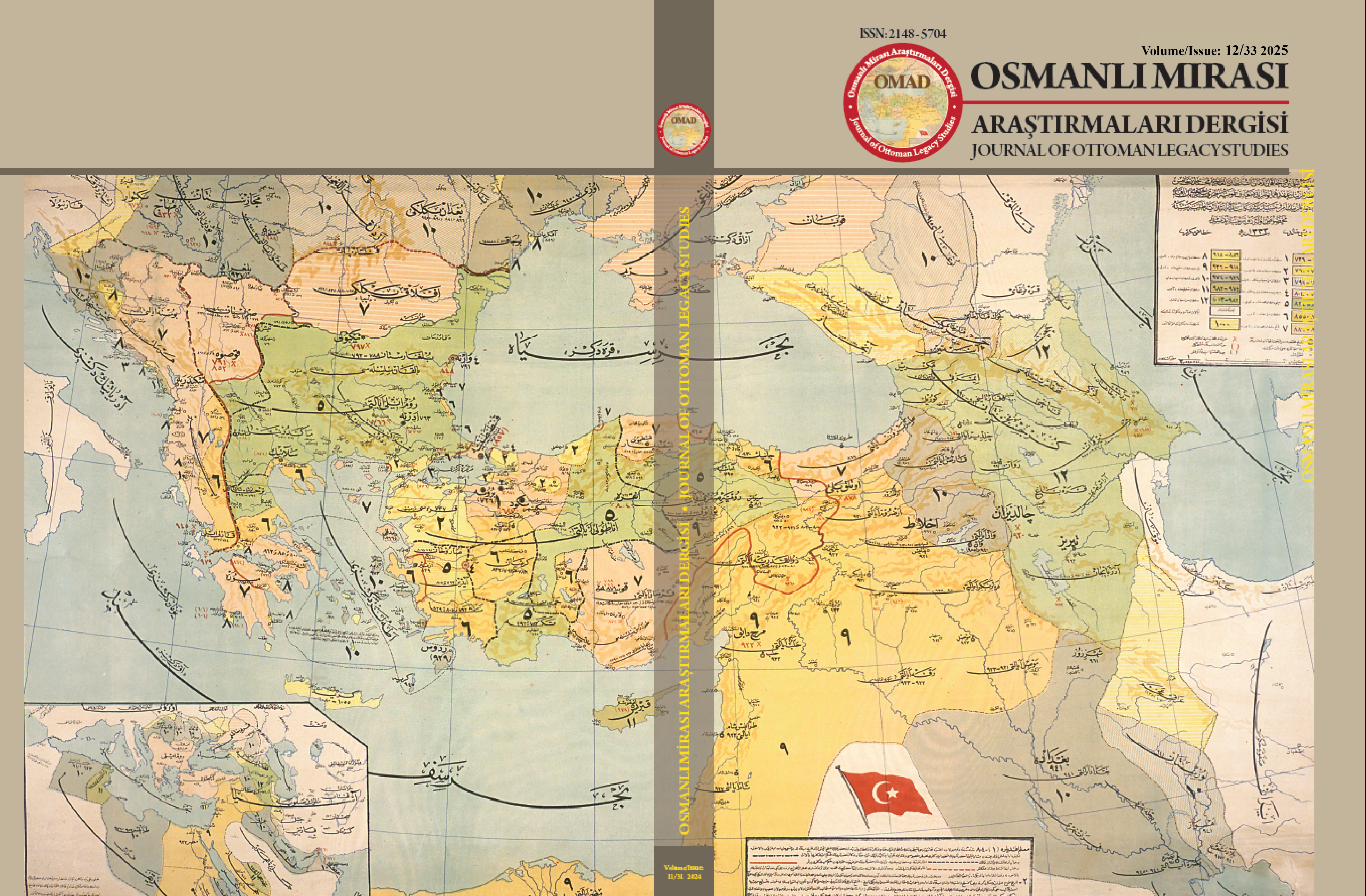Understanding the Physical Language of the Psyche: Aristotle’s Influence on Ottoman Physiognomists
Keywords:
Physiognomy, Aristotle, Ottoman literature, Qiyâfetnâme, Ottoman physiognomistsAbstract
Physiognomy, the assessment of an individual's character through physical appearance, originates from Aristotle, whose concepts significantly impacted subsequent literature. Ottoman literature, influenced by Arabic and Persian traditions, encompasses manuscripts referred to as Kıyâfetnâme, which illustrate this practice. The initial Arabic texts on physiognomy were translations of Aristotle's books, highlighting his direct impact. This influence is also apparent in Kıyâfetnâmes, which embody Arabic literary traditions. This study analyses three Kıyâfetnâmes from Ottoman literature in regard to Aristotle's perspectives, emphasising their conceptual parallels. The results demonstrate that numerous viewpoints articulated in these writings closely correspond with Aristotle’s concepts, implying that physiognomy possesses cross-cultural relevance. Consequently, Kıyâfetnâmes are invaluable resources for scholars investigating the historical evolution of physiognomy








